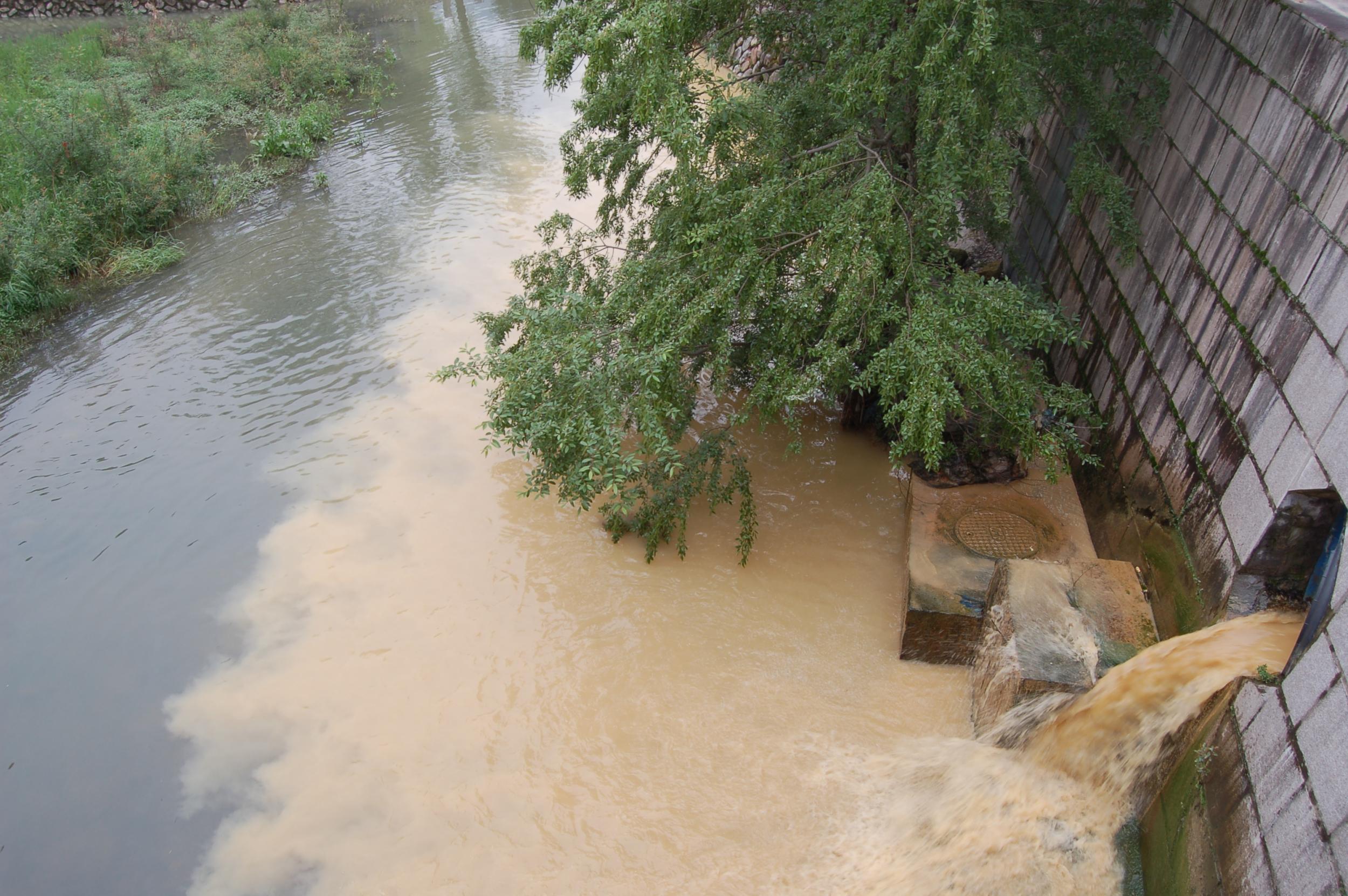Welcome to the official website of Foshan Hanhua Filter Co., Ltd!
+8618038878380
Details
Contamination of drinking water sources is a serious challenge that contributes to the problem of drinking water safety.
Pollutants in water are mainly chemical and biological. Biological pollutants mainly come from plants and animals and microorganisms, such as pollen, animal saliva and urine, E. coli, cyanobacteria, and so on. Chemical pollutants come from harmful chemicals produced by industrial, agricultural and mining operations, such as pesticides, synthetic fertilisers, industrial effluents, acid rain, and acid mine drainage. In addition to these, the shedding of hazardous heavy metals from aging pipes and the settling of water during transport can lead to excessive levels of hazardous metals.
The water crisis in Flint, Michigan began in 2014. At the time, the city of Flint switched its drinking water supply from Detroit's water system to the Flint River, citing cost savings. However, the Flint and has been used as an unofficial waste treatment plant, receiving waste and wastewater from nearby factories and farmland for a long time.
Shortly after this decision was made, local residents complained that the water from their taps was not only an abnormal brownish-yellow colour, but also accompanied by an unbearable stench. Prolonged consumption can lead to symptoms such as rashes, hair loss and itchy skin.
In a 2015 survey, paediatrician Mona Hanna-Attisha declared, ‘The incidence of elevated blood lead levels in children in the city has nearly doubled since 2014, and in some neighbourhoods it has almost tripled.’
Local resident McDonald said, "The water coming out of the sink is basically toxic. We haven't had water from the drinking tap in our house for years, and we even use purchased mineral water for bathing.
The inability to properly dispose of drinking water is also a serious problem for water safety today.
A range of measures have been taken to address the challenge of drinking water security.
Governments play an important role in ensuring safe drinking water for their populations by building public water infrastructure such as water plants, wastewater treatment plants, and water pipelines to effectively mitigate unsafe drinking water. It is estimated that in 2020 alone, more than 12,000 miles of drinking water pipelines will be replaced across the United States. In addition to this, governments in the United States, Japan, and some European countries provide drinking water sampling and analysis services for local residents and make local drinking water-related data and information publicly available.
Since 2017, the World Health Organisation has been working with the South Sudanese Ministry of Health and the National Public Health Laboratory to provide drinking water sampling services and public awareness programmes on water sanitation to help improve drinking water health.
Keywords:









